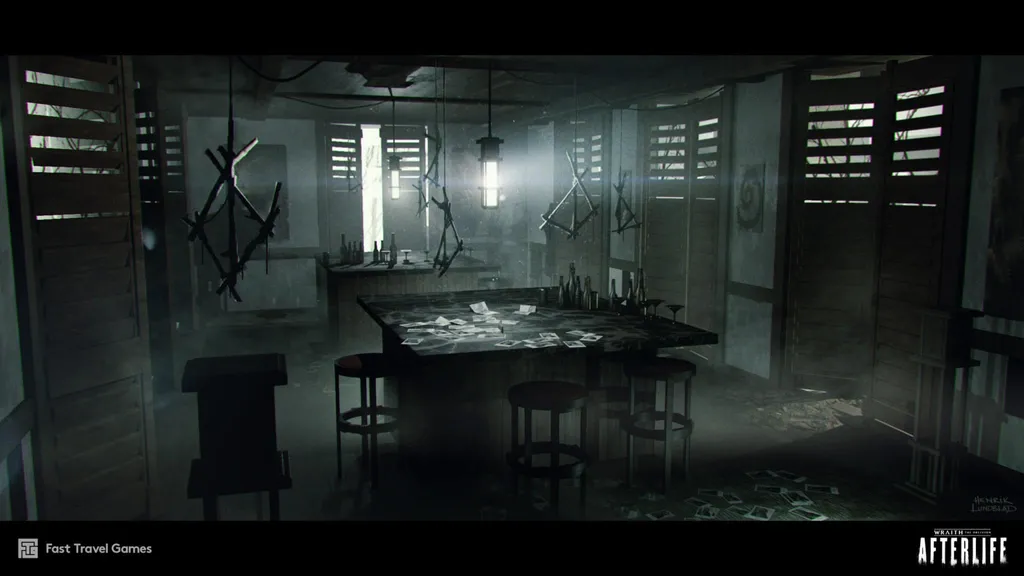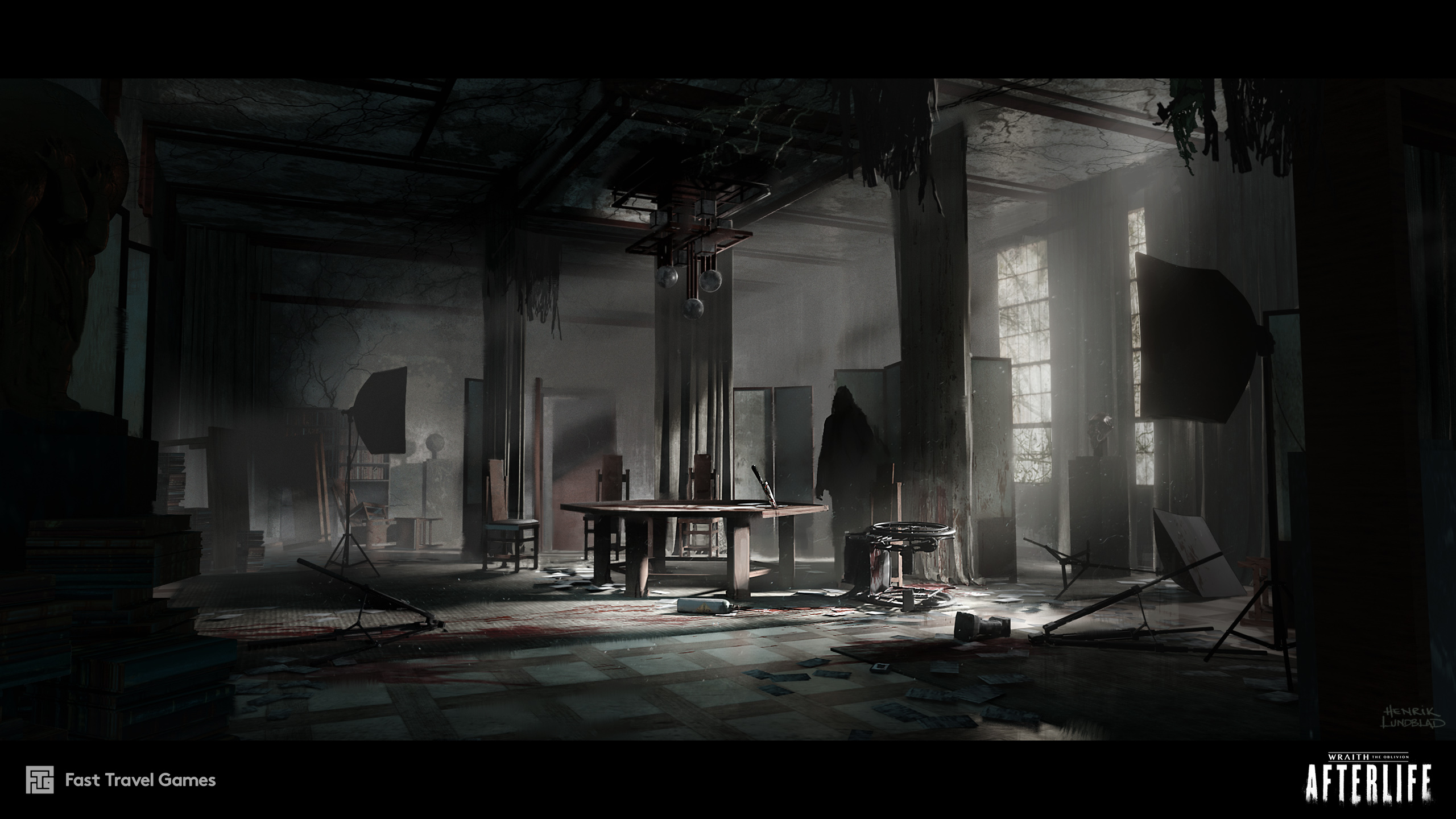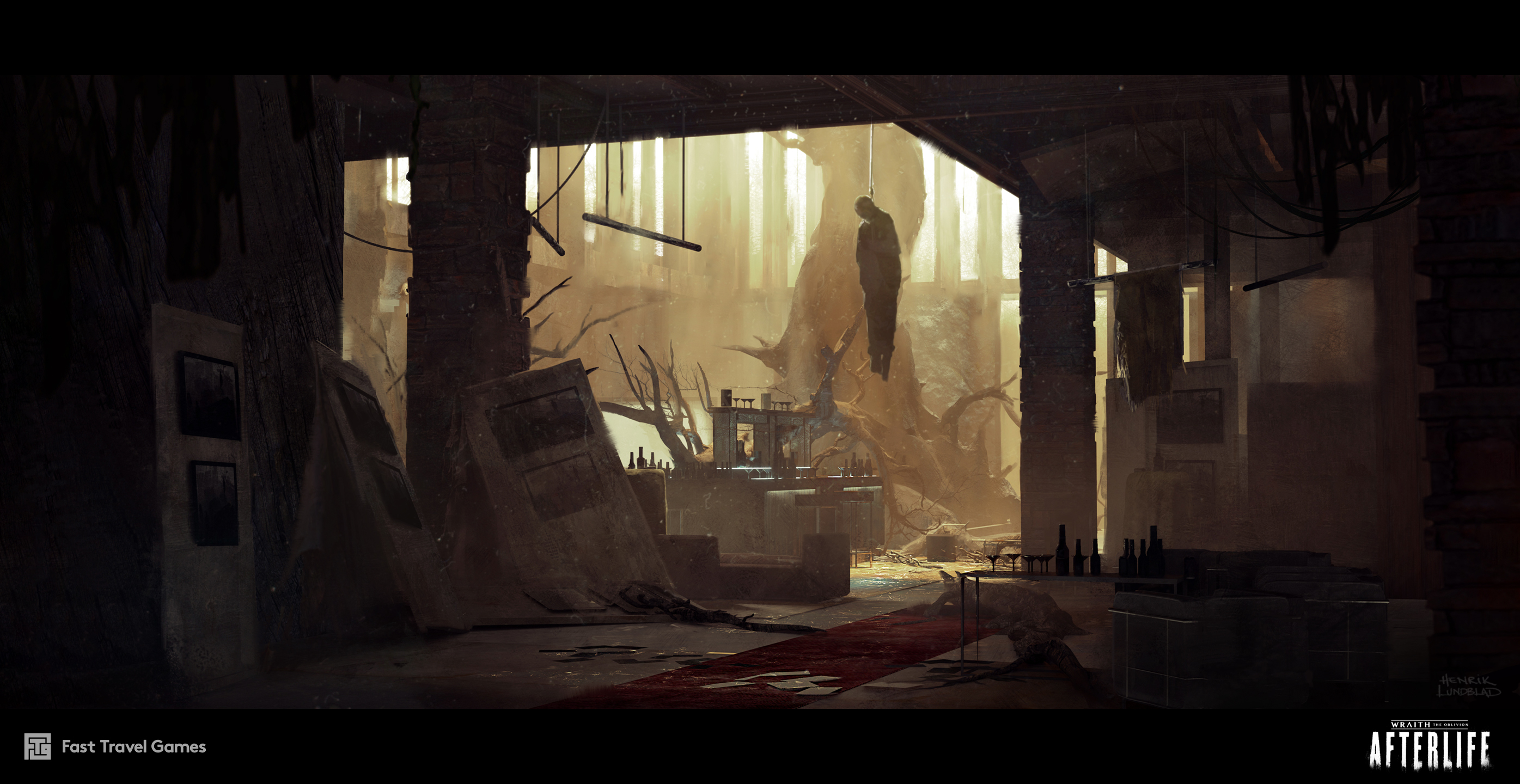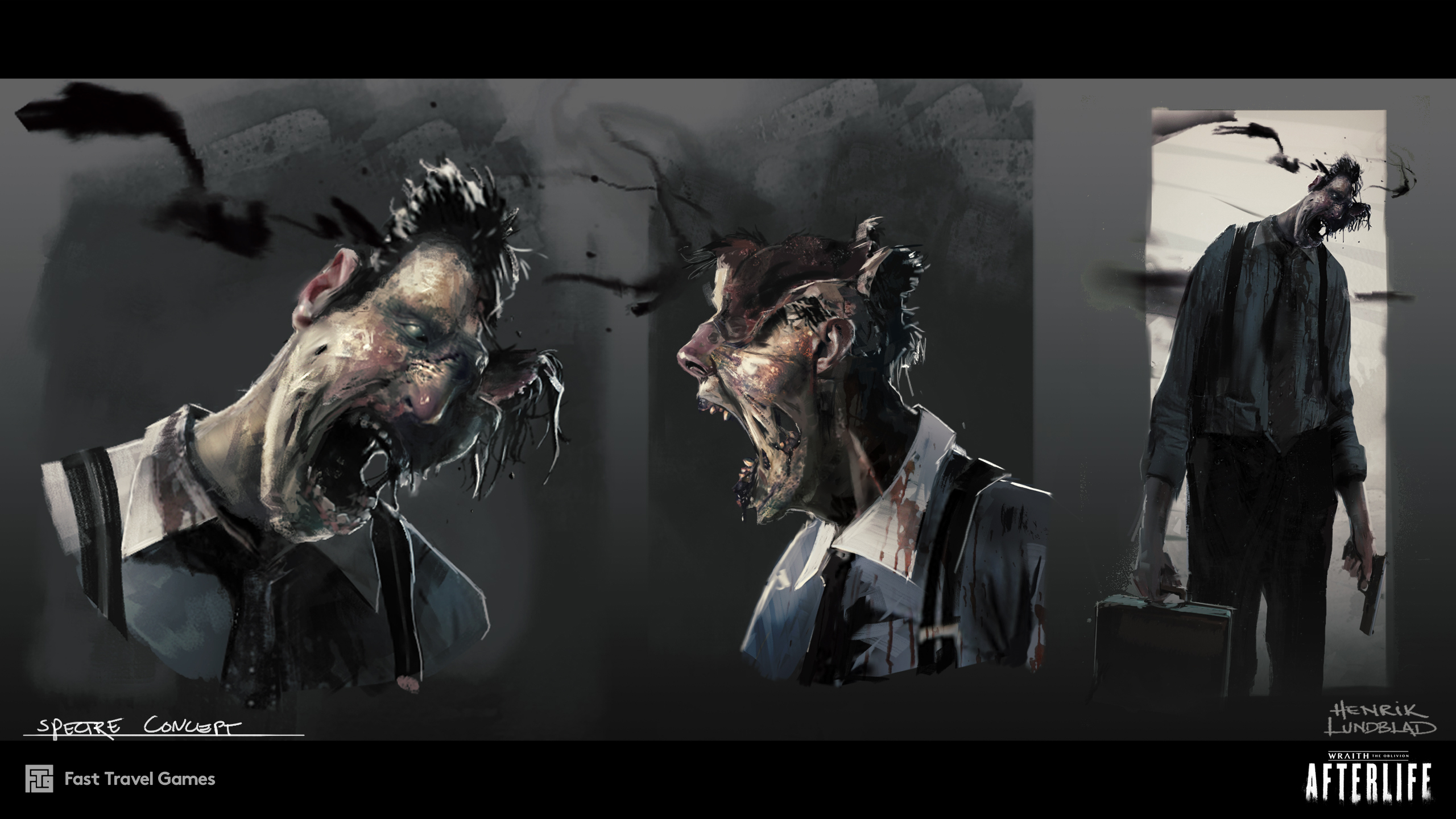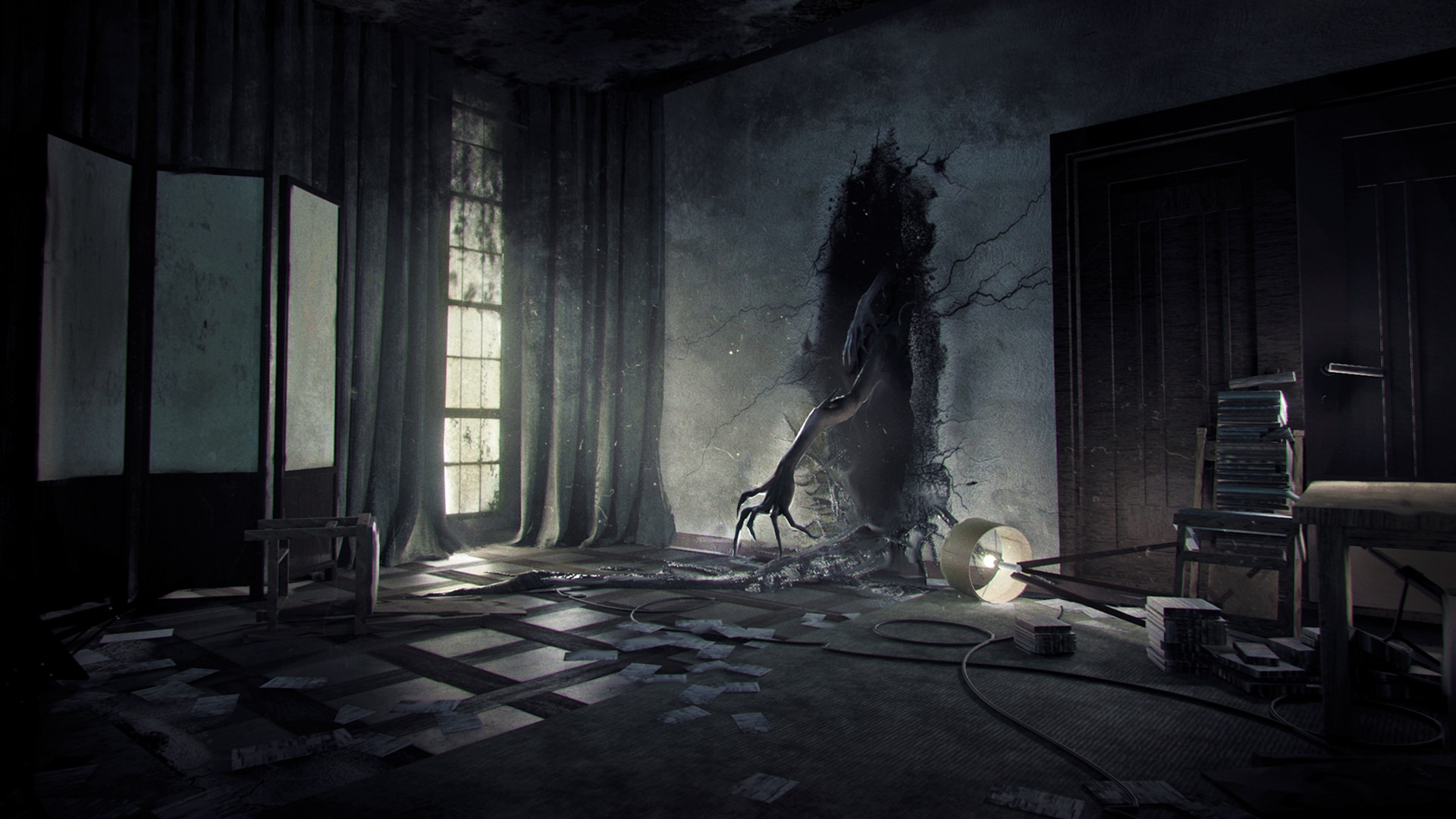Wraith: The Oblivion – Afterlife presents an interesting challenge for concept artist Henrik Lundblad.
Yes, it’s a horror game with expected tropes, but Lundblad was also tasked with visualising a universe with little in the way of visual assets. World of Darkness, the universe in which the game is set, is a pen & paper RPG, and not something that has an abundance of reference points to touch upon, save for the game’s original rulebooks. That’s especially true for the Wraith factions, which have never had their own game to help inform the art.
For Lundblad, then, this is a different type of project. Tonally, topics of death and the afterlife are very different to the subjects Fast Travel approached in Apex Construct and Curious Tale of the Stolen Pets, but the artist was also given a lot of creative freedom inside an established universe. As part of our final entry in our Upload Access spotlight on the game, we spoke to him about the challenges of bringing the World of Darkness to life.
UploadVR: Tonally, working on the art of Wraith must have been a big change from your past projects, how was that to handle?
Henrik Lundblad: Yes, Afterlife is a very different game from what we as a studio have done before. In this project we were dealing with a much darker subject: death and what follows there after. Naturally, we wanted to use a slightly different art style than what we have done in the past. A style more suited to tell the story of Ed and his dreadful fate in the Barclay Mansion. Choosing a much darker tonality and more close to reality look for the game felt like a good match when visualizing this alternate reality. This of course came with challenges, both technical and creative, but also interesting new ways of expressing our ideas.
Our ambition was to be a horror game but also to bring something new to the table visually. Instead of basing the environments in the game on, say, a more classic looking Victorian haunted mansion we let ourselves be influenced by more modern architecture.
UploadVR: As a pen & paper game, there aren’t a lot of visuals assets for Wraith out there – were you given a lot of freedom to envision the universe?
Henrik Lundblad: The original rule books for Wraith the Oblivion actually contain a lot of interesting artwork. This helped us as visual stepping stones when developing art for this game. Sure, we were given a lot of freedom, but felt it important to still let the mood and tonality influence the art of the game. It was interesting to see how concepts from the pen and paper game had been visualized previously and come up with creative ideas for how to realize them in a VR game.
UploadVR: Did Paradox give you any directions for the art behind the game and the designs of creatures/environments?
Henrik Lundblad: I think Paradox really gave us a lot of creative freedom. At the same time they also helped us to stay true to the World of Darkness IP. During the project we bounced a lot of our ideas with some of the lore experts over at Paradox and got many useful insights.
UploadVR: Did you look to other WoD properties for inspiration? What were some of the guiding influences?
Henrik Lundblad: It was important to us that Wraith: The Oblivion Afterlife felt like it was a part of the WoD family, but also mixed with other visual ingredients that felt important to us. Early on, the team studied films from the same era as the original Wraith: The Oblivion as a source of inspiration.
Wraith: The Oblivion – Afterlife is coming to Oculus Rift and Quest on April 22nd, with a SteamVR version following on May 25th. A PSVR edition is coming later down the line, too.

